What is the difference between fish farming and aquaculture?
Do the terms fish farming and aquaculture leave you bewildered? You encounter them used in conjunction, but you're uncertain of their individual meanings. It can be perplexing to grasp.
Aquaculture is the broad term for farming any aquatic organism, including fish, shellfish, and even seaweed. Fish farming, or pisciculture, is a specific type of aquaculture that focuses only on raising fish.
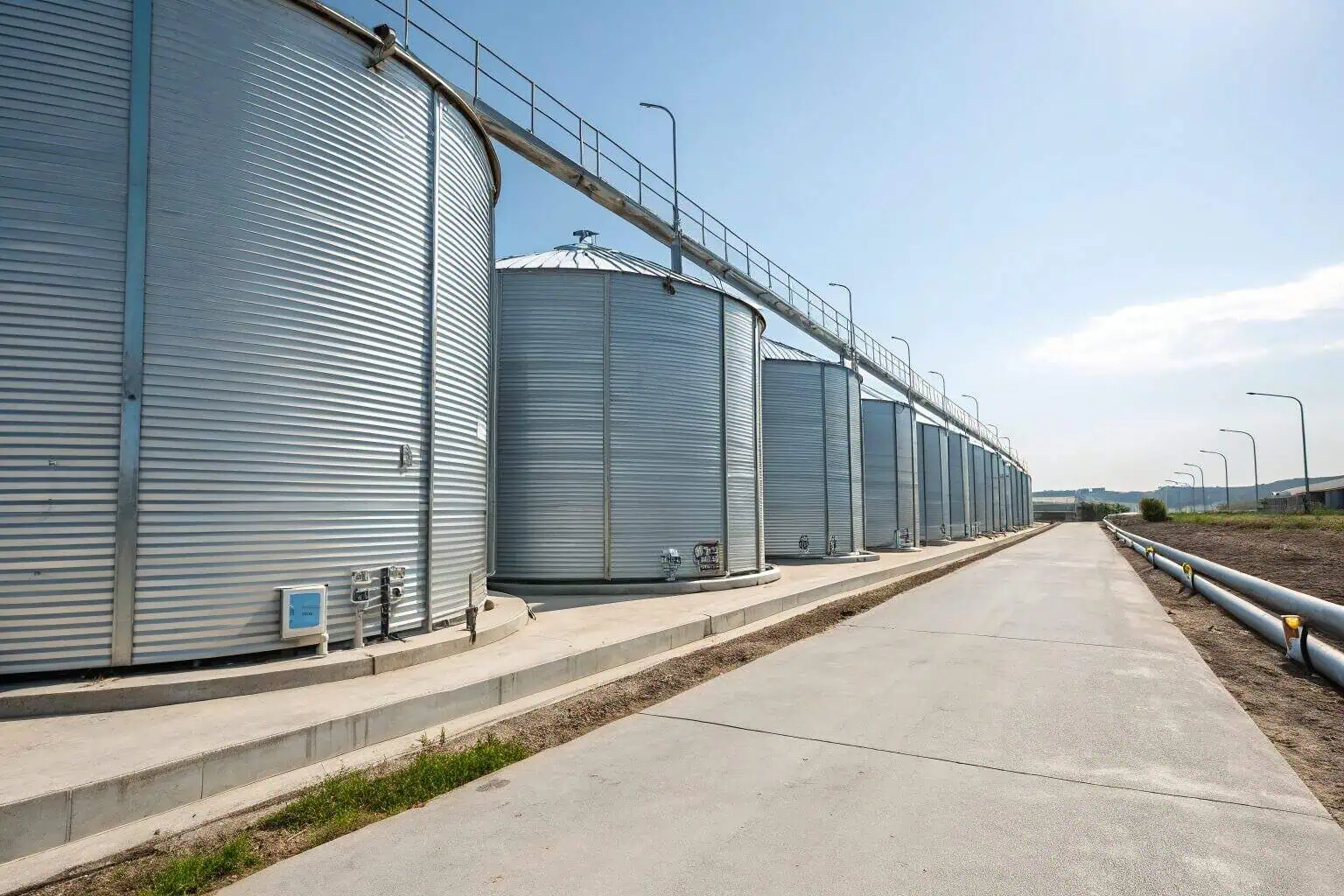
As someone who has been following the aquaculture industry for a long time, I have seen how important it is for our global food supply. It offers a solution to the decline in wild fisheries and the growing demand for protein. However, I have also seen the challenges it faces, especially with environmental sustainability and disease management. The industry is evolving, and I am optimistic about its future. Now, let's dive deeper into the specifics.
What's the difference between aquaculture and fish farming?
Do you find yourself wondering about the exact line between aquaculture and fish farming? It seems like a small detail, but it makes a big difference in understanding the industry.
The key difference is scope. Aquaculture is the all-encompassing term for cultivating aquatic life in controlled environments. Fish farming is a specialized branch of aquaculture that deals exclusively with fish.
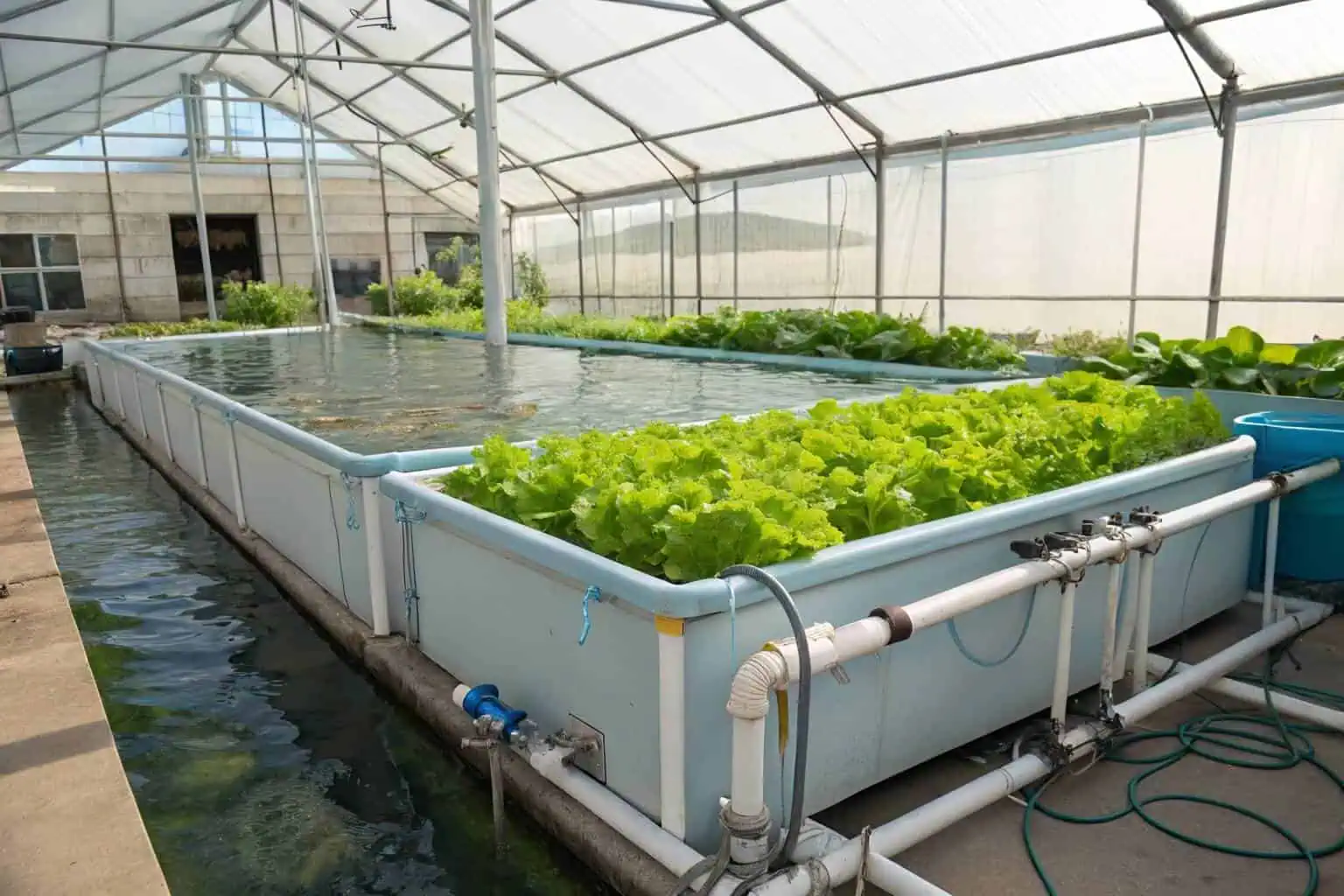
To help you understand this better, I've broken down the concepts. Think of it like the relationship between 'vehicles' and 'cars'. All cars are vehicles, but not all vehicles are cars. Similarly, all fish farming1 is aquaculture, but not all aquaculture is fish farming. This distinction is important because it helps clarify the different technologies, methods, and species involved. For example, the equipment for farming oysters2 is very different from what you would use for raising tilapia. My experience has shown me that understanding these nuances is the first step for anyone looking to enter this field, as it guides your equipment choices, like whether you need a simple holding tank or a more complex system. Bancy's range of products, from the robust galvanized tanks for large-scale operations to flexible, portable ponds for smaller projects, reflects this diversity within the broader field of aquaculture.
Aquaculture: The Bigger Picture
Aquaculture is a vast field. It includes the farming of a wide variety of aquatic organisms3. This can range from finfish like salmon and cod, to crustaceans like shrimp and prawns, mollusks like oysters and clams, and even aquatic plants like seaweed. The environments can be freshwater, brackish water, or saltwater. The goal is to produce food, restore habitats, or even supply the aquarium trade. This broad scope means that the techniques and technologies used are incredibly diverse, tailored to the specific needs of each species and environment.
Fish Farming: A Specific Focus
Fish farming, on the other hand, narrows its focus to just fish. This practice, also known as pisciculture, is the most common form of aquaculture. It can be done in various settings, such as ponds, tanks, cages in the sea, or integrated systems like aquaponics. When I first started exploring this industry, I was fascinated by the different systems. For instance, Bancy’s galvanized sheet fish tanks4 are perfect for large-scale, professional farms that need durable, permanent structures. They are designed for raising large quantities of fish efficiently. These tanks are a testament to how specialized equipment can support a successful fish farming business.
| Feature | Aquaculture | Fish Farming (Pisciculture) |
|---|---|---|
| Scope | Broad: All aquatic organisms | Specific: Only fish |
| Examples | Oysters, shrimp, seaweed, fish | Tilapia, salmon, carp, catfish |
| Systems | Ponds, racks, lines, tanks | Ponds, tanks, cages, raceways |
| Alternate Name | Aqua-farming5 | Pisciculture |
Is fish farming a type of aquaculture?
Are you still trying to place fish farming within the larger context of aquaculture? It is a common point of confusion, but the relationship is quite straightforward once you see it clearly.
Yes, absolutely. Fish farming is a specific and the most prominent type of aquaculture. Think of aquaculture as the main category and fish farming as a very important sub-category within it.
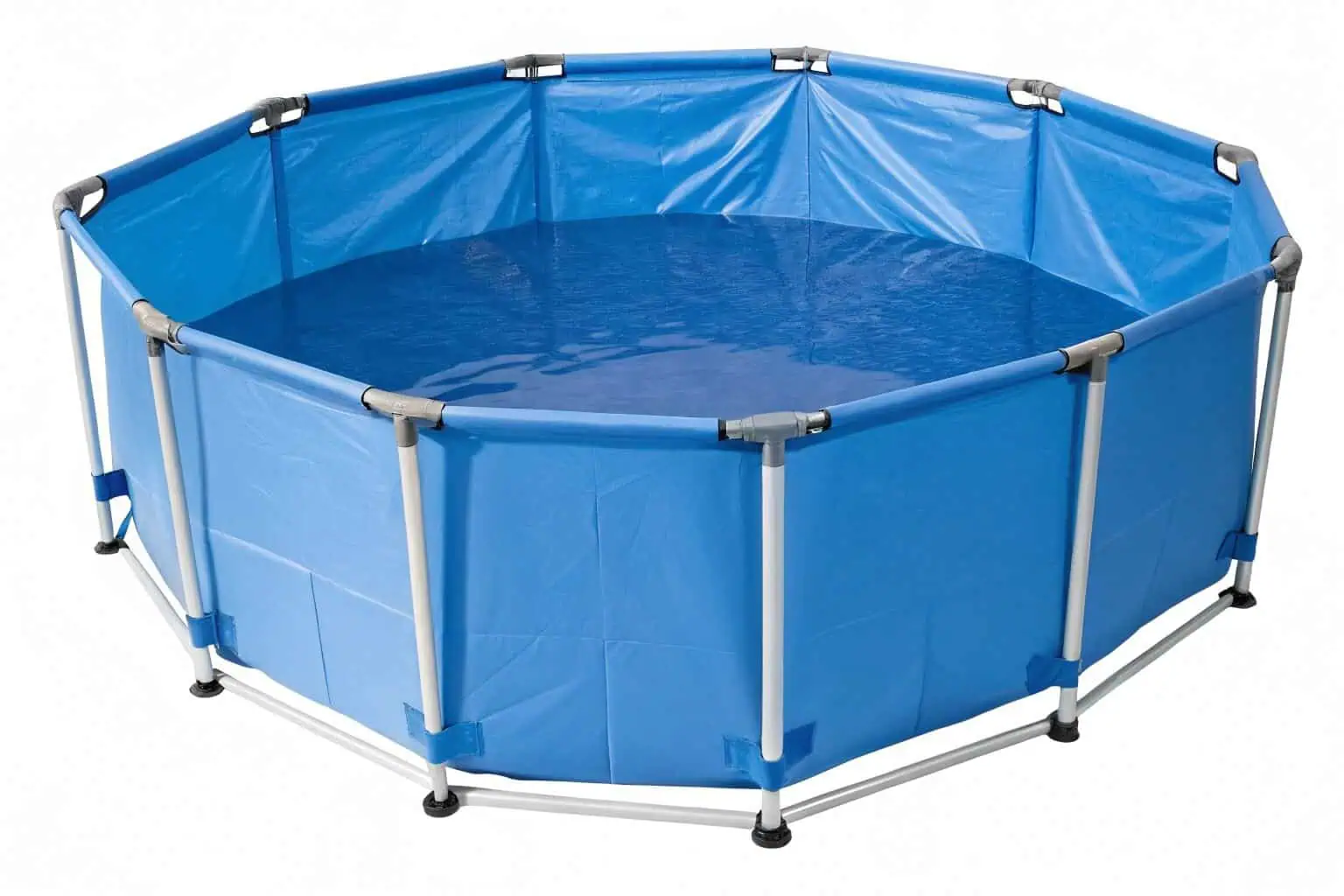
I often explain this to newcomers by using a simple analogy. If you think of 'agriculture' as the general practice of farming on land, then 'fruit farming' would be a specific type of agriculture. The relationship between aquaculture and fish farming is exactly the same. This understanding is crucial because it helps you navigate the industry. When you are looking for equipment, for example, knowing that you are specifically interested in fish farming6 helps you find the right tools. Companies like Bancy cater to this by offering specialized products. Their collapsible plastic fish tanks are a great example. They are designed for people who might be starting a small backyard fish farm or need a temporary holding tank. These tanks are lightweight, easy to set up, and perfect for home use, which is a very different need from a large commercial aquaculture operation that might farm shellfish.
The Family Tree of Aquatic Farming
To visualize this, imagine a family tree. At the very top, you have 'Aquaculture'. Branching out from it are several limbs. One of these is 'Pisciculture' (fish farming). Other major branches would include 'Mariculture' (farming marine organisms in the sea), 'Algaculture' (seaweed and algae farming), and 'Crustacean farming' (shrimp, crayfish). Each branch has its own unique methods and challenges. For instance, the skills and equipment needed for seaweed farming are vastly different from those required for raising catfish in a pond. This specialization is what drives innovation in the industry.
| Category | Description | Examples | Key Differences |
|---|---|---|---|
| Aquaculture | The overall practice of farming aquatic organisms. | All categories below | The overarching concept encompassing all forms of aquatic farming. |
| Pisciculture7 | Specifically, the farming of fish. | Catfish, Salmon, Tilapia | Focuses solely on finfish. Methods vary depending on species and environment (ponds, cages, tanks). |
| Mariculture8 | Farming marine organisms in the sea. | Oysters, Mussels, Sea Bass | Requires adaptation to saline environments and open water or coastal conditions. Often involves cages, rafts, or longlines. |
| Algaculture | Farming seaweed and algae. | Kelp, Spirulina, Chlorella | Focuses on plant-like organisms. Methods often involve lines, tanks, or ponds, and require specific light and nutrient conditions. |
| Crustacean farming | Farming crustaceans like shrimp and crayfish. | Shrimp, Crayfish, Lobster | Requires specialized knowledge of crustacean life cycles and molting. Methods often involve ponds, tanks, or raceways. |
Why the Distinction Matters for You
For anyone new to the field, like many of my readers, this distinction is more than just semantics. It directly impacts your decisions. If you say you are interested in 'aquaculture', you might be looking at anything from growing kelp to farming pearls. But if you specify 'fish farming', you can focus your research on relevant topics like fish species, feed types, and water quality management9. This is where I see companies like Bancy making a real difference. They provide highly customized solutions. Whether you need a large, sturdy galvanized pipe fish tank for a serious commercial venture or a smaller, portable one for a hobby, they have options that fit the specific needs of fish farmers.
What is the correct name for fish farming?
Are you looking for the more technical or scientific term for fish farming? Using the right vocabulary can help you sound more professional and communicate more clearly with others in the industry.
The correct and more formal name for fish farming is “pisciculture.” This term is derived from the Latin word “piscis,” meaning fish, and “cultura,” meaning cultivation. It specifically refers to the practice of raising fish.
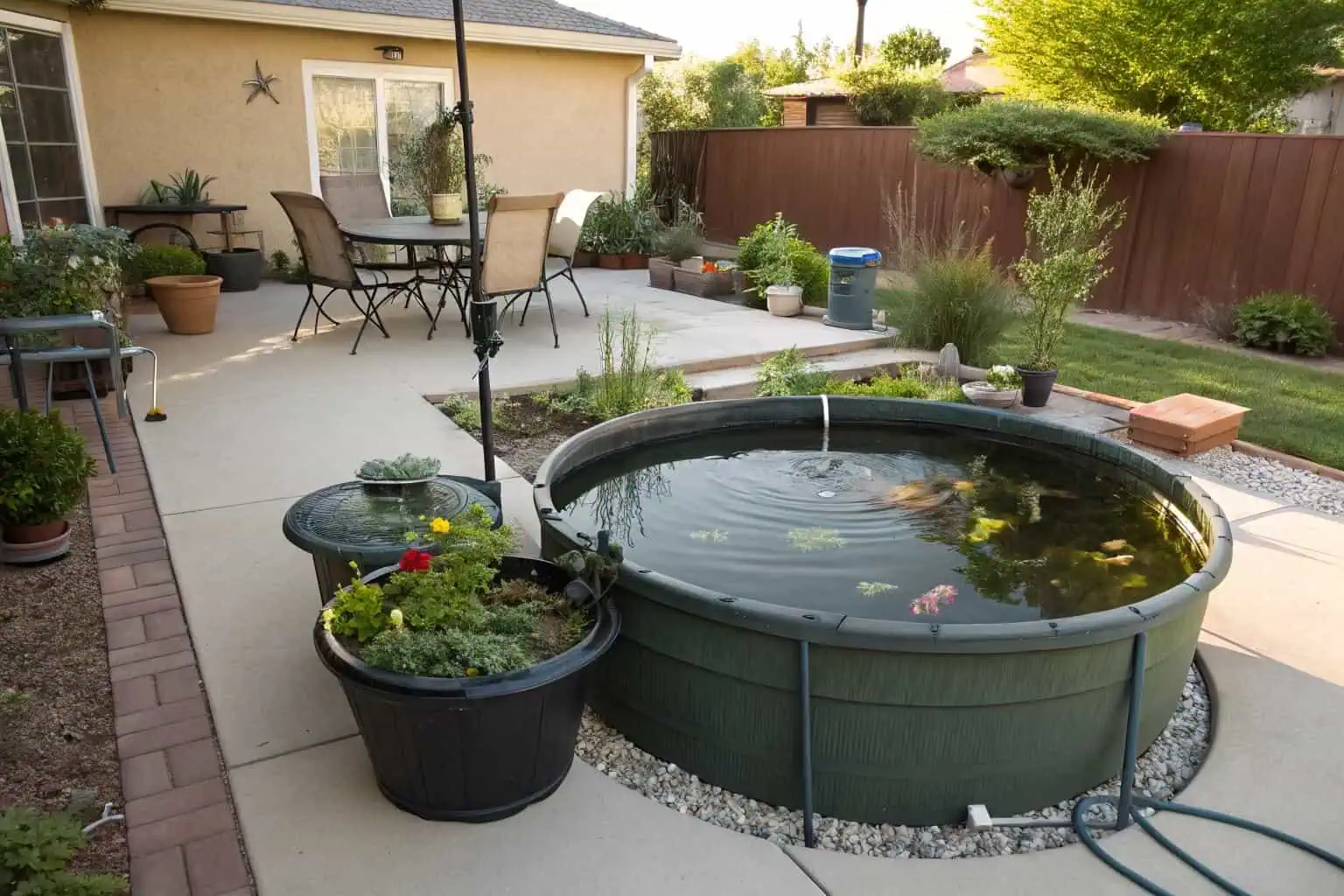
When I first got into this field, I made sure to learn the proper terminology. It helps when you are reading scientific papers10 or technical manuals. While 'fish farming' is perfectly fine and widely understood in everyday conversation, 'pisciculture11' is the term you will see in academic and professional contexts. It signals a deeper level of knowledge and seriousness about the subject. It is like knowing the difference between a 'bug' and an 'insect' in biology. Using the term pisciculture shows that you have moved beyond a surface-level interest and are engaging with the field in a more dedicated way. This is especially important if you are planning to start a business or seek funding, as it demonstrates your professionalism to potential partners and investors.
When to Use Which Term
So, when should you use 'fish farming' versus 'pisciculture'? It really depends on your audience and context. For a general audience or in casual conversation, 'fish farming' is clear, simple, and effective. It gets the point across without any confusion. However, if you are writing a business plan12, a research paper, or speaking at an industry conference, using 'pisciculture' will add a layer of precision and professionalism to your communication. It shows you are familiar with the industry's standard language.
The Language of the Industry
Learning the language of any industry is a key part of becoming an insider. In my journey, I have found that understanding and using terms like pisciculture correctly opens doors. It helps you connect with experts, understand technical documentation, and ultimately, make better decisions for your own projects. It is a small step that can have a big impact on how you are perceived. For example, when discussing the specifications of a Bancy galvanized tank, being able to talk about its application in a 'pisciculture operation' rather than just a 'fish farm13' can lead to a more technical and productive conversation with the supplier.
| Context | Recommended Term | Reason |
|---|---|---|
| Casual Conversation | Fish Farming | Simple, direct, and easily understood by everyone. |
| Blog Post for Beginners | Fish Farming | More approachable and less intimidating for a new audience. |
| Business Plan | Pisciculture | More professional and shows industry knowledge. |
| Scientific Paper | Pisciculture | The standard, accepted scientific term. |
| Industry Conference | Pisciculture | Communicates expertise and aligns with professional peers. |
What is the problem with fish farming or aquaculture?
Are you concerned about the potential downsides of fish farming and aquaculture? It is a valid concern, as the industry, despite its benefits, faces significant challenges that need to be addressed.
The main problems in aquaculture and fish farming include environmental impacts like water pollution, the spread of diseases in dense populations, and the reliance on wild-caught fish for feed, which raises sustainability questions.
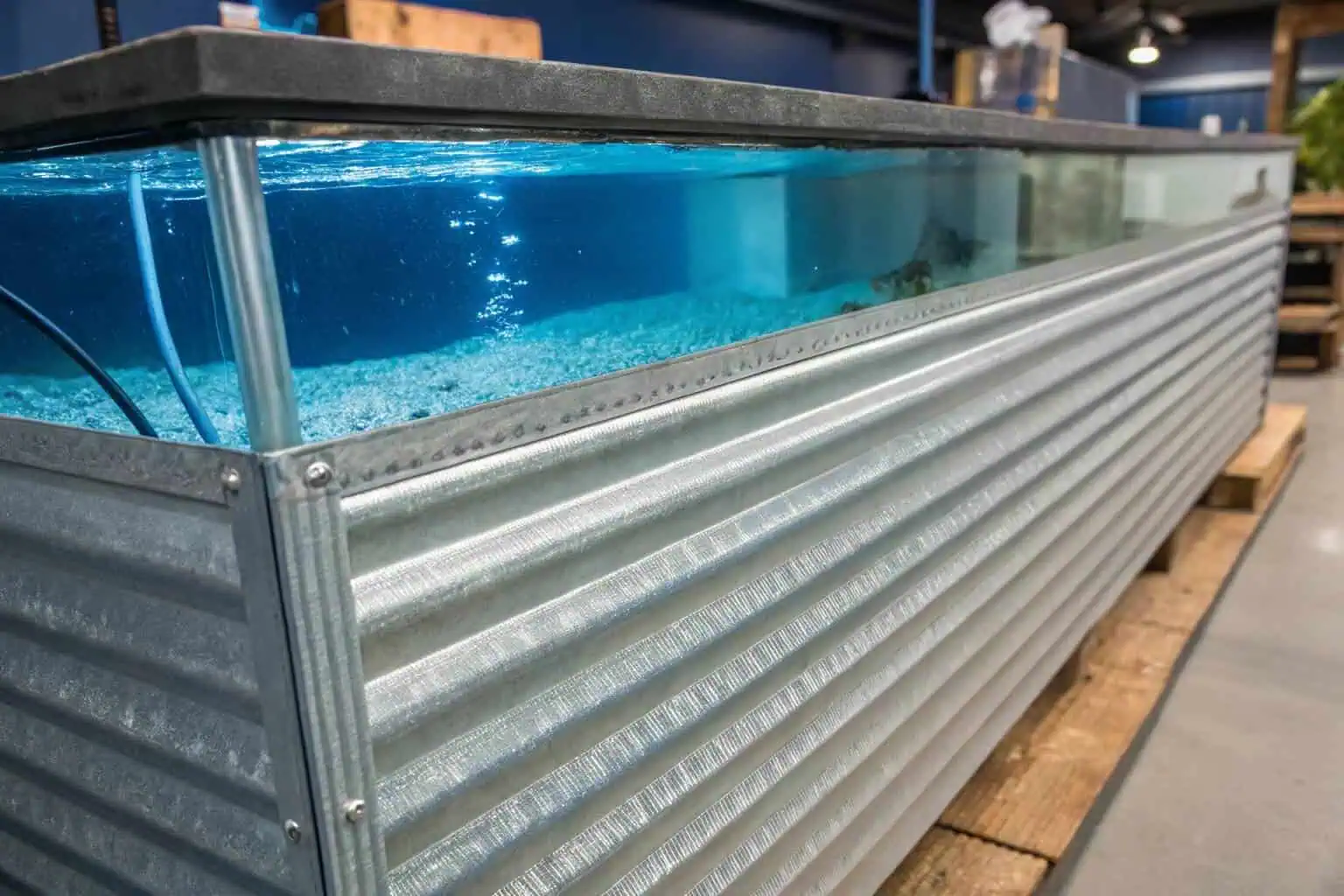
From my perspective, these are not just abstract problems; they are real issues that the industry is actively working to solve. I have seen firsthand how intensive farming14 can strain local ecosystems if not managed properly. Fish waste and uneaten feed can degrade water quality, and the close quarters can make farms susceptible to disease outbreaks. However, I am also filled with optimism because I see incredible innovation happening. Technology is providing solutions. For example, the development of recirculating aquaculture systems (RAS)15 helps minimize water use and pollution. And on the equipment side, companies like Bancy are contributing by creating durable and reliable products. A well-built, easy-to-clean tank, like their galvanized models, can help improve hygiene and reduce the risk of disease, tackling one of the core operational challenges for farmers.
Environmental Sustainability
One of the biggest criticisms leveled at aquaculture is its environmental footprint16. The waste produced by farmed fish can lead to an excess of nutrients in the water, a process called eutrophication, which can harm wild aquatic life. Furthermore, the feed for many carnivorous farmed species, like salmon, often contains fishmeal and fish oil derived from wild-caught fish. This puts additional pressure on already strained ocean ecosystems. I believe the future lies in sustainable practices17, such as using alternative, plant-based feeds and developing integrated systems like aquaponics, where fish waste is used to fertilize plants.
Disease and Health Management
The high density of fish in many farms makes them vulnerable to diseases and parasites. An outbreak can spread rapidly, leading to significant losses for the farmer. In the past, the response often involved the heavy use of antibiotics, which raises concerns about antibiotic resistance. Today, the focus is shifting towards prevention. This includes better site selection, lower stocking densities, and improved water quality management. This is where having the right equipment is so important. A high-quality, non-porous tank18 is easier to clean and disinfect, which is a critical step in preventing disease. Bancy's commitment to quality, with features like heavy-duty PVC liners and strong welded seams, directly supports these preventative health strategies.
| Challenge in Fish Farming | Past Solution | Present/Focus Solution | Role of Equipment | Example of Bancy's Contribution (as per text) |
|---|---|---|---|---|
| Vulnerability to diseases/parasites due to high fish density | Heavy use of antibiotics | Prevention (site selection, lower stocking densities, water quality management19) | Facilitates cleaning and disinfection, critical for disease prevention | High-quality, non-porous tanks with heavy-duty PVC liners and strong welded seams |
| Rapid spread of outbreaks | Heavy use of antibiotics | Prevention (site selection, lower stocking densities, water quality management) | Facilitates cleaning and disinfection, critical for disease prevention | High-quality, non-porous tanks with heavy-duty PVC liners and strong welded seams |
| Concerns about antibiotic resistance | - (Consequence of past solution) | Prevention (site selection, lower stocking densities, water quality management) | - (Indirectly supported by reducing reliance on antibiotics) | High-quality, non-porous tanks with heavy-duty PVC liners and strong welded seams |
The Path to a Better Future
Despite these challenges, I am hopeful. The industry is aware of its problems and is innovating at a rapid pace. The rise of more sustainable farming methods and the development of better equipment are paving the way for a more responsible future. For new entrants, the initial cost and complexity of setting up a farm can be a major hurdle. This is why accessible, user-friendly solutions are so vital. Bancy’s approach of offering customizable, easy-to-install fish tanks20 helps lower this barrier to entry. By providing reliable and efficient tools, they empower more people to participate in aquaculture, fostering a more diverse and resilient industry that can feed the world sustainably.
Conclusion
In short, fish farming is a specific type of aquaculture. Understanding this and the industry's challenges is key. With innovation and sustainable practices, aquaculture has a bright and promising future.
-
Understanding the distinctions between fish farming and aquaculture can enhance your knowledge and decision-making in the field. ↩
-
Learning about the specific equipment for oyster farming can help you make informed choices for successful aquaculture projects. ↩
-
Understanding the environmental impact of diverse aquatic farming practices is crucial for sustainable development in aquaculture. ↩
-
Discover how specialized tanks can improve efficiency and productivity in fish farming ↩
-
Discover how aqua-farming practices can promote environmental health and sustainable resource management. ↩
-
Exploring best practices in fish farming can enhance your knowledge and improve your farming techniques. ↩
-
Understanding pisciculture can help improve fish farming techniques and enhance fish health and yield. ↩
-
Learning about mariculture can reveal its role in supporting marine ecosystems and local economies through sustainable practices. ↩
-
Understanding water quality management is crucial for successful fish farming; this resource will guide you through essential practices. ↩
-
Learning effective strategies for reading scientific papers can enhance your comprehension and application of complex information in your field. ↩
-
Exploring this resource will deepen your understanding of pisciculture, its significance in aquaculture, and its professional applications. ↩
-
A well-structured business plan is crucial for success in aquaculture; find resources to guide you in creating one. ↩
-
Discovering best practices for fish farms can significantly improve your operational knowledge and effectiveness in pisciculture. ↩
-
Understanding the environmental impacts of intensive farming can help in finding solutions to mitigate its effects on ecosystems. ↩
-
Explore how RAS technology is revolutionizing aquaculture by minimizing water use and pollution, making farming more sustainable. ↩
-
Understanding the environmental footprint of aquaculture is crucial for promoting sustainable practices and protecting ecosystems. ↩
-
Learning about sustainable practices in aquaculture can guide efforts to minimize environmental impact and promote healthier ecosystems. ↩
-
Discovering the advantages of non-porous tanks can enhance your understanding of effective disease prevention in fish farming. ↩
-
Exploring water quality management can provide insights into effective strategies for maintaining fish health and preventing diseases. ↩
-
Discover how customizable fish tanks can lower barriers for new farmers and enhance aquaculture practices. ↩